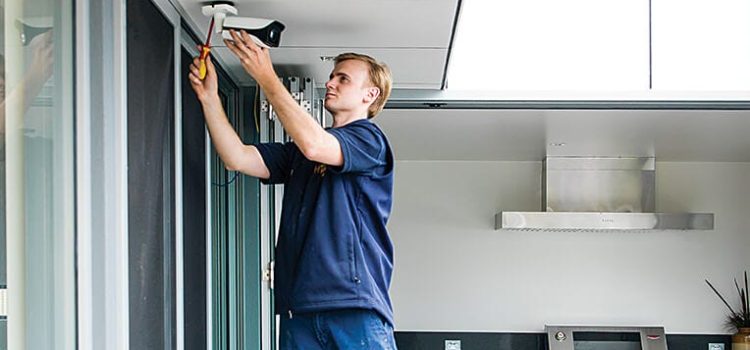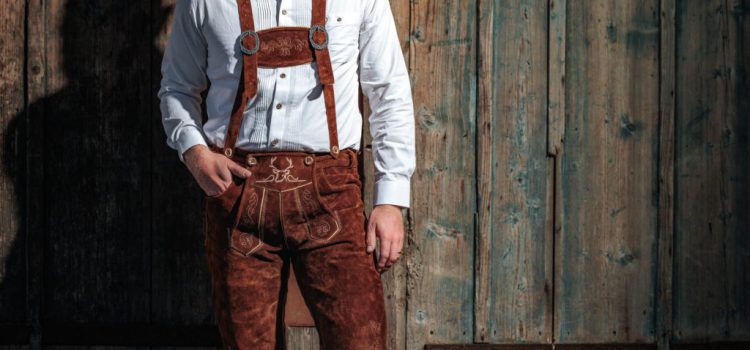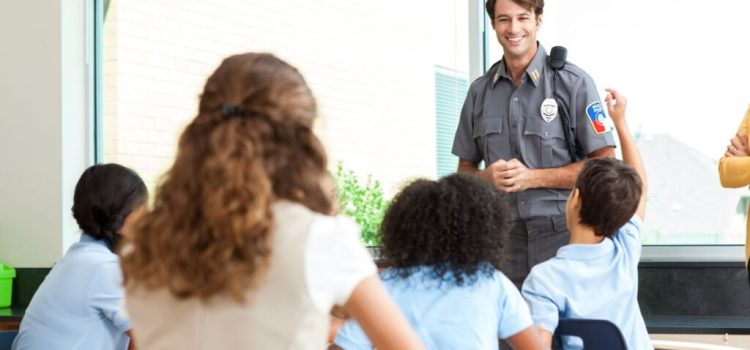
CCTV cameras have become a vital part of modern-day security, whether for homes, businesses, or public spaces. A properly installed camera system can deter crime, monitor activities, and provide valuable evidence when required. However, installing a CCTV system is not just about mounting cameras on walls—there’s strategy involved. In this comprehensive guide, we’ll walk through three essential tips to ensure your CCTV camera system is installed effectively for maximum security and performance.
1. Understand Your Surveillance Needs
Before jumping into installation, take time to evaluate your specific security needs. Do you want to monitor entry points, garages, or interior spaces? Are you protecting a home, office, or commercial premises?
Understanding your objectives helps determine the type and number of cameras needed. For example, a retail store may require wide-angle cameras to cover large spaces, while a home might need infrared cameras for night surveillance. Make a list of vulnerable spots to prioritize your camera placements accordingly.
2. Choose the Right Camera for the Right Location
Different environments require different types of cameras. Outdoor locations need weatherproof and vandal-resistant models, while indoor spaces might benefit from dome or bullet cameras for discretion.
High-traffic areas demand high-resolution cameras to capture facial features and license plates clearly. Consider features like night vision, motion detection, and two-way audio based on the level of security needed. Investing in the right camera models ensures long-term efficiency and peace of mind.
3. Plan Camera Placement Strategically
Camera placement is critical. Poor placement may leave blind spots and compromise your entire security setup. Start with high-priority locations: entrances, exits, driveways, and hallways.
Mount cameras at a height that prevents tampering—generally 8 to 10 feet above ground level. Angle the cameras down slightly to capture activity without being obstructed by overhangs or foliage. Avoid direct sunlight and reflective surfaces to prevent glare. Using a mix of wide-angle and zoom lenses can help you cover both broad and detailed views.
4. Ensure Optimal Lighting for Clear Footage
Lighting significantly affects the clarity of surveillance footage. Even the best cameras perform poorly in dim lighting. Evaluate natural and artificial light sources around your installation area.
Use infrared or night vision cameras in low-light areas. For indoor settings, ambient lighting should be sufficient to ensure clarity. Outdoor cameras may require additional lighting fixtures, like motion-activated floodlights, to maintain visibility at night.
5. Secure the Wiring and Connections
Proper wiring is essential for the reliability of your CCTV system. Loose or exposed wires can lead to disconnections, short circuits, or even tampering by intruders.
Use high-quality cables and run them through protective conduits. Avoid laying wires near high-voltage equipment to prevent interference. Wireless systems may seem easier to install, but they also need proper configuration to ensure stable connectivity and power sources.
6. Opt for Professional Installation When Needed
While DIY installation is feasible for basic setups, large or complex properties often benefit from expert help. Professionals can conduct a detailed site assessment, suggest the best equipment, and ensure a clean, secure installation.
For high-end security systems, including those integrated with alarms, motion sensors, or remote monitoring, it’s wise to consult a licensed specialist. For example, Security Cameras Installation offers comprehensive security solutions tailored to residential and commercial properties.
7. Integrate with Other Security Systems
Your CCTV setup is most effective when integrated with broader security systems like alarm setups, motion detectors, and smart locks.
A seamless integration enhances your ability to monitor and react in real time. You can receive alerts on your phone, trigger alarms, or even automate lighting when suspicious motion is detected. If you’re also looking to add alarm capabilities, this security alarm supply and installation service is a great place to start.
8. Enable Remote Monitoring and Access
Modern CCTV systems allow remote monitoring through smartphones or desktops. This feature enables you to watch live feeds, review recorded footage, and receive alerts anytime, anywhere.
Ensure your DVR or NVR supports mobile access and has an intuitive app. Use strong passwords and secure internet connections to prevent hacking or unauthorized access to your surveillance system.
9. Test Your System Thoroughly
Before finalizing your installation, test every component. Verify that all cameras are recording, all angles are covered, and that storage is functioning.
Run test scenarios to see how well the system performs under different lighting conditions and during potential security breaches. Also, check for any time delays or buffering in the footage. Testing ensures the system operates efficiently and gives you confidence in its performance.
10. Schedule Regular Maintenance Checks
Even the best CCTV systems need regular maintenance to function optimally. Dust, weather conditions, and software glitches can affect camera performance.
Set a maintenance schedule to clean lenses, inspect wires, update firmware, and test backup power systems. Regular maintenance extends the lifespan of your equipment and helps detect issues before they become serious.
11. Educate Your Family or Staff
A well-installed CCTV system is only effective if people know how to use it. Educate your household members or staff on system basics—how to arm/disarm, access footage, or react to alerts.
Clear instructions reduce panic during emergencies and help in timely reporting or action. Also, consider displaying signs indicating CCTV monitoring; it can serve as a deterrent to potential criminals.
12. Ensure Legal Compliance
Before installing cameras, understand the privacy laws applicable in your area. Installing cameras in private spaces like bathrooms or without consent can lead to legal complications.
Always inform guests or employees that they are being recorded. In some jurisdictions, audio recording requires two-party consent. Stay informed to avoid violating privacy rights.
13. Backup Your Footage Securely
Your CCTV footage is only useful if it’s safely stored. Choose systems with cloud storage or offsite backups in addition to local DVR/NVR solutions.
Ensure your system automatically overwrites old data to save storage while keeping recent recordings. For high-risk premises, it’s advisable to store backups offsite in case the system is vandalized.
14. Update Software and Firmware Regularly
Outdated firmware can make your system vulnerable to hacking or malfunction. Always keep your software updated to patch bugs, enhance performance, and improve security.
Most modern systems allow auto-updates. If not, schedule periodic checks and updates manually or through a professional.
15. Customize Settings Based on Real-Time Feedback
Once installed, monitor the system for a few weeks and note any gaps or unnecessary recordings. Tweak motion sensitivity, alert thresholds, and camera angles based on real-time usage.
You can minimize false alarms while focusing on critical surveillance areas. Tailoring your system after usage ensures it aligns perfectly with your actual needs.
FAQs
1. Can I install a CCTV system by myself?
Yes, many CCTV systems are DIY-friendly, but for complex or large properties, professional installation ensures optimal performance.
2. How many cameras do I need for my home?
Typically, 4 to 8 cameras are enough for a standard home, covering entry points, garage, and backyard. A security assessment can help you decide.
3. Do CCTV cameras work during a power outage?
Only if they’re connected to a UPS or backup battery. Make sure to include power redundancy in your setup.
4. Is it legal to install CCTV cameras at home?
Yes, but you must comply with local privacy laws and avoid recording in private or shared spaces without consent.
5. How long is CCTV footage stored?
Storage depends on your system’s capacity. Most systems store footage for 7 to 30 days before overwriting old data.
6. Can I monitor CCTV footage on my mobile?
Absolutely. Most modern systems offer remote access via mobile apps, allowing live view and playback.
For More Details:










